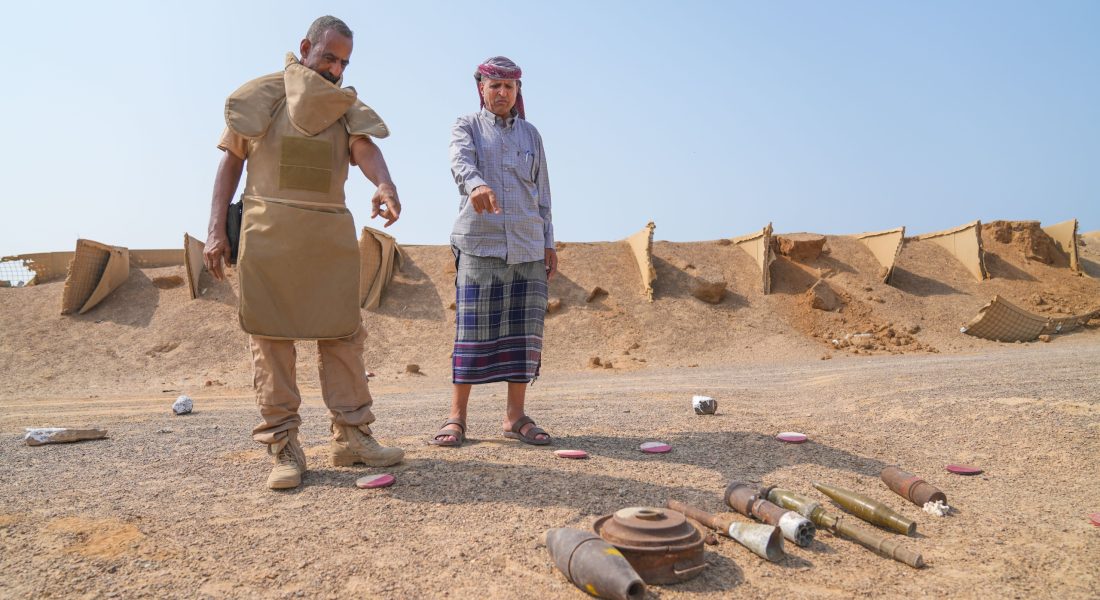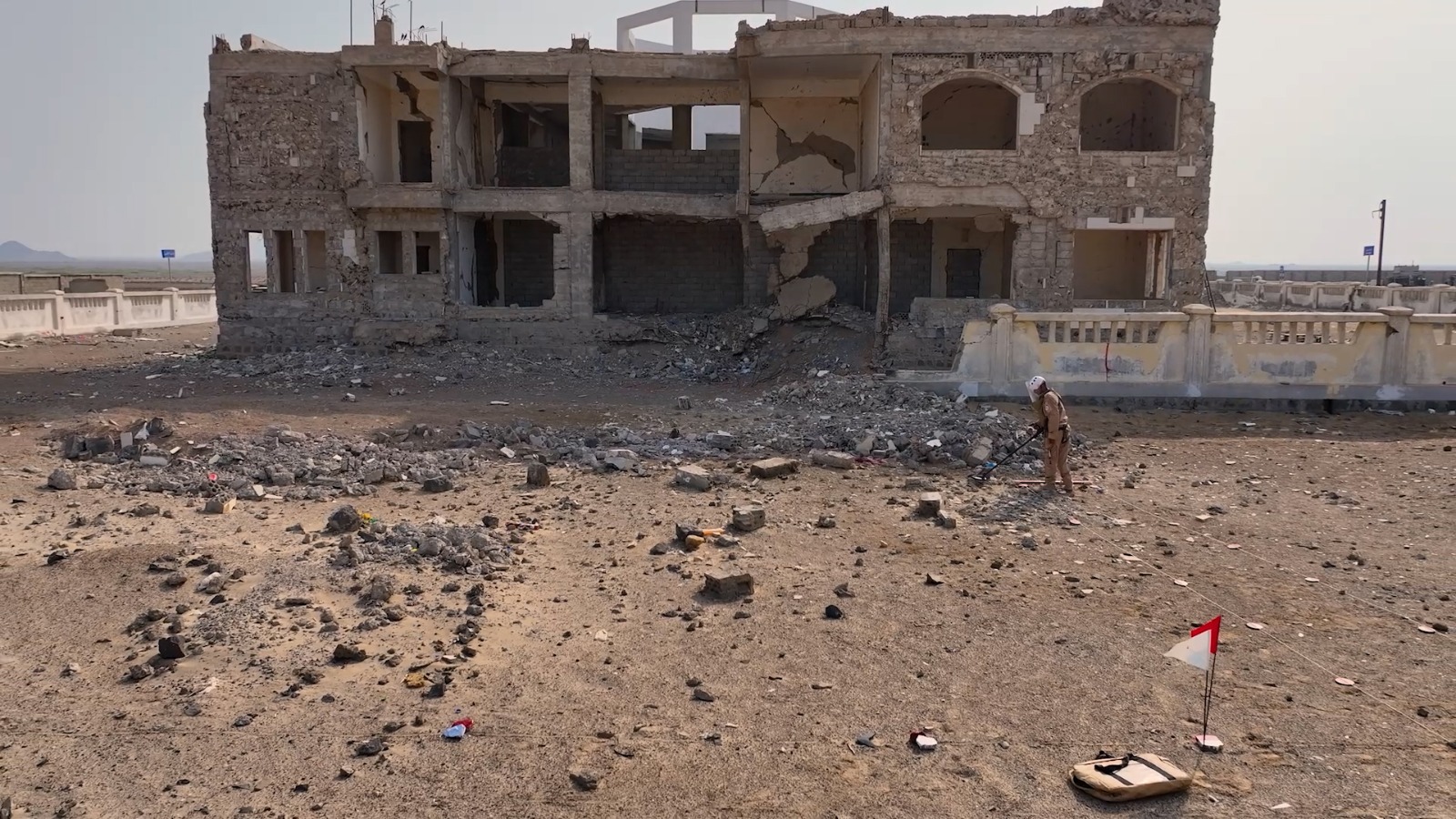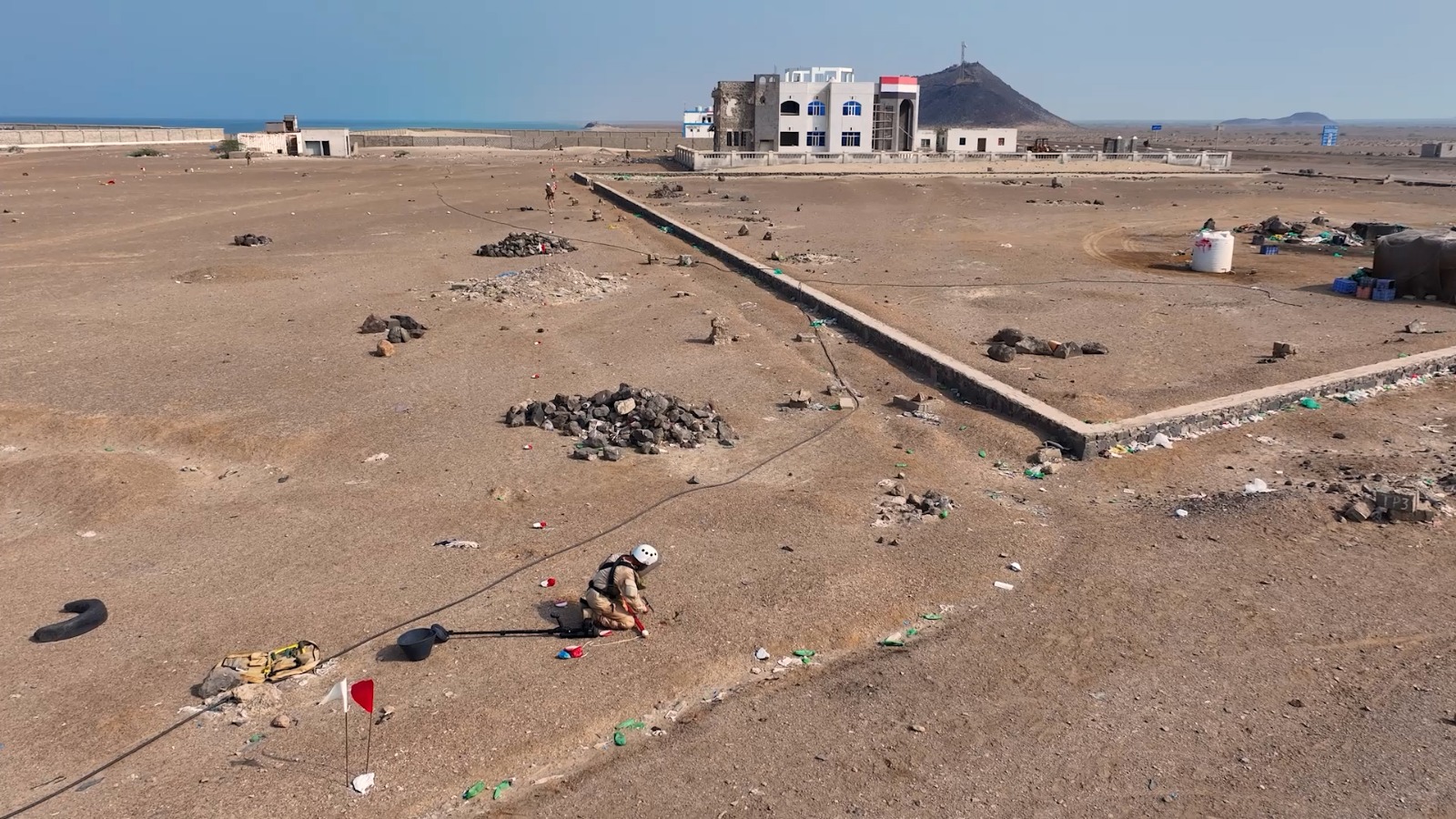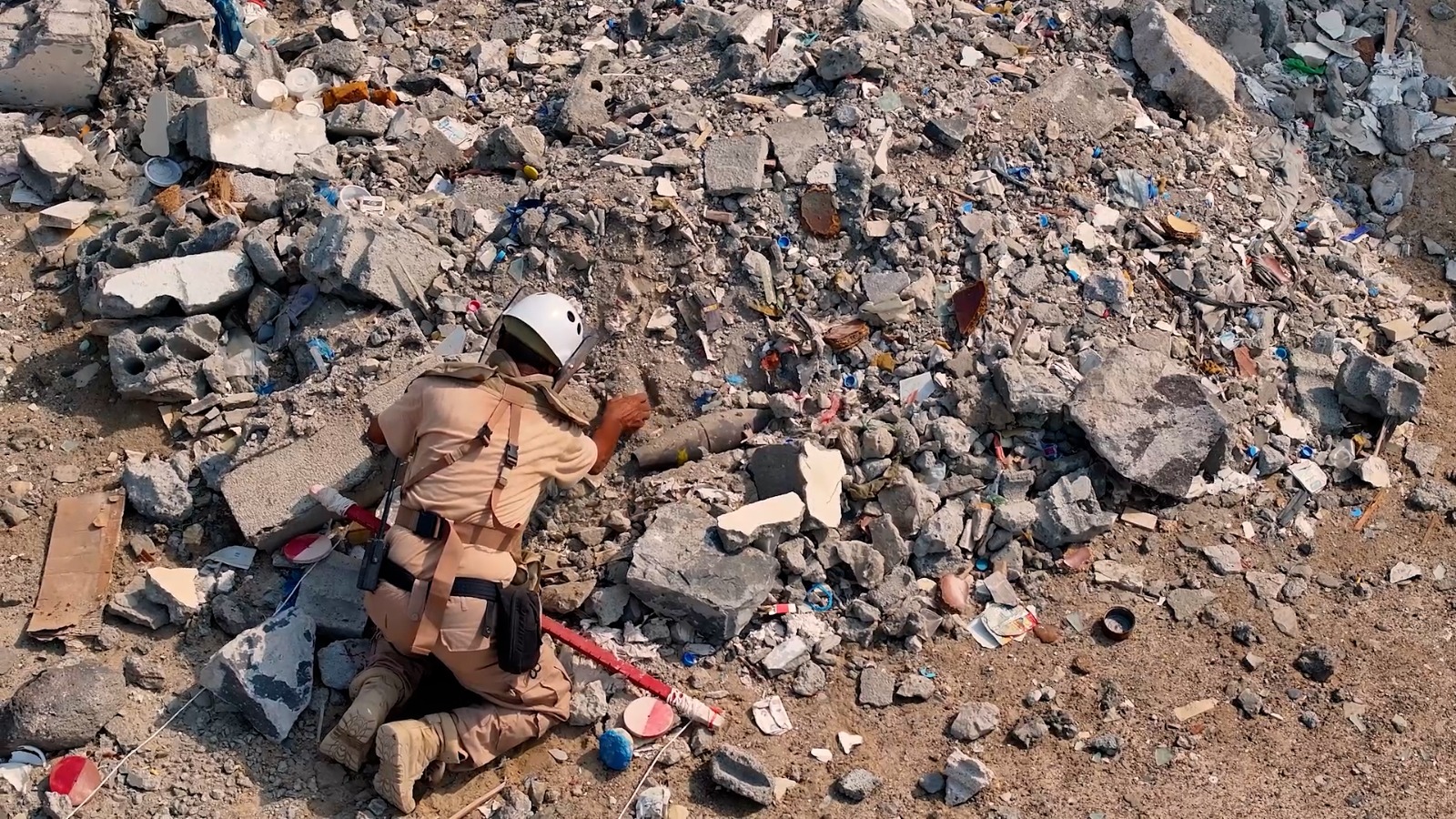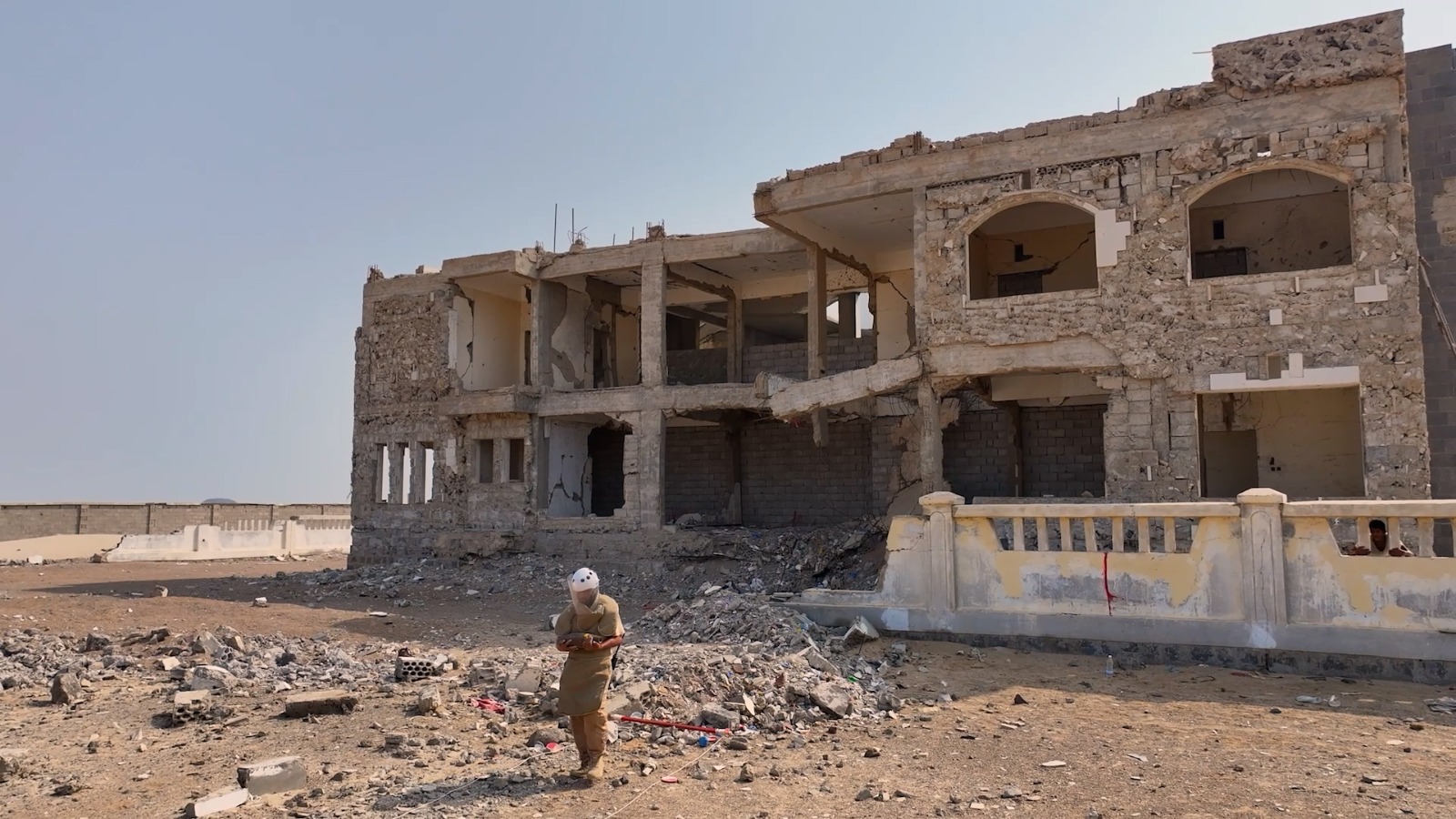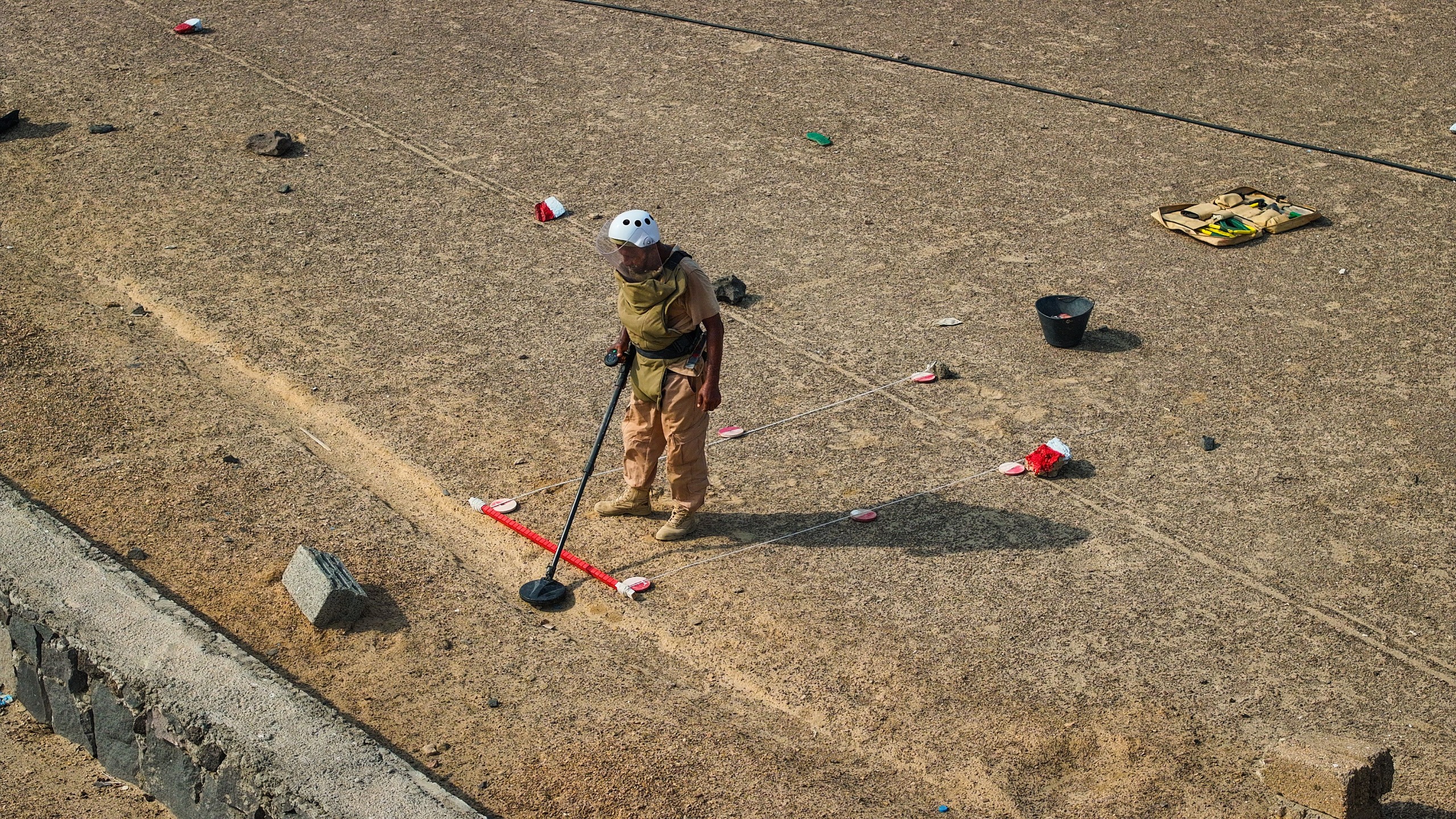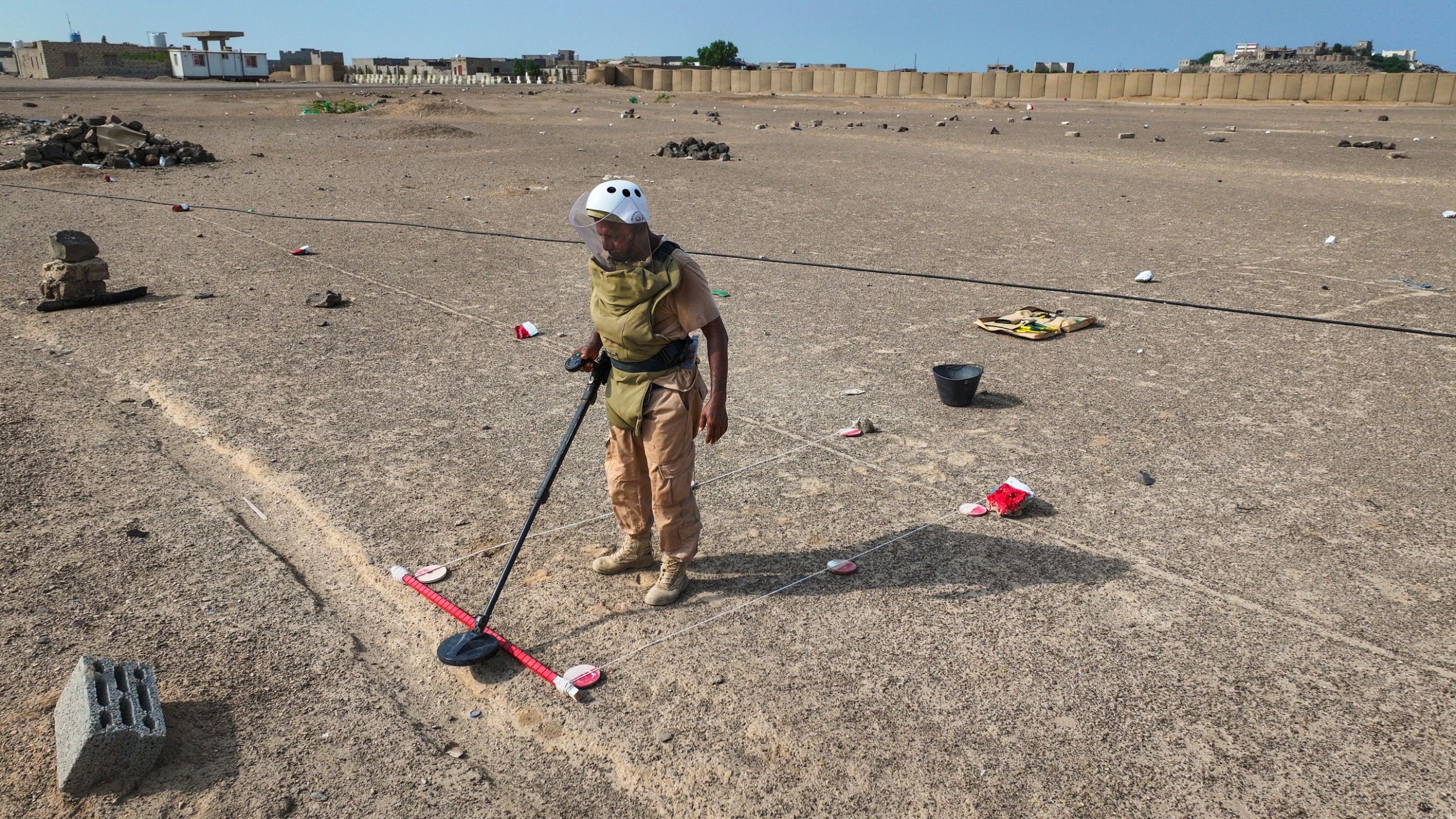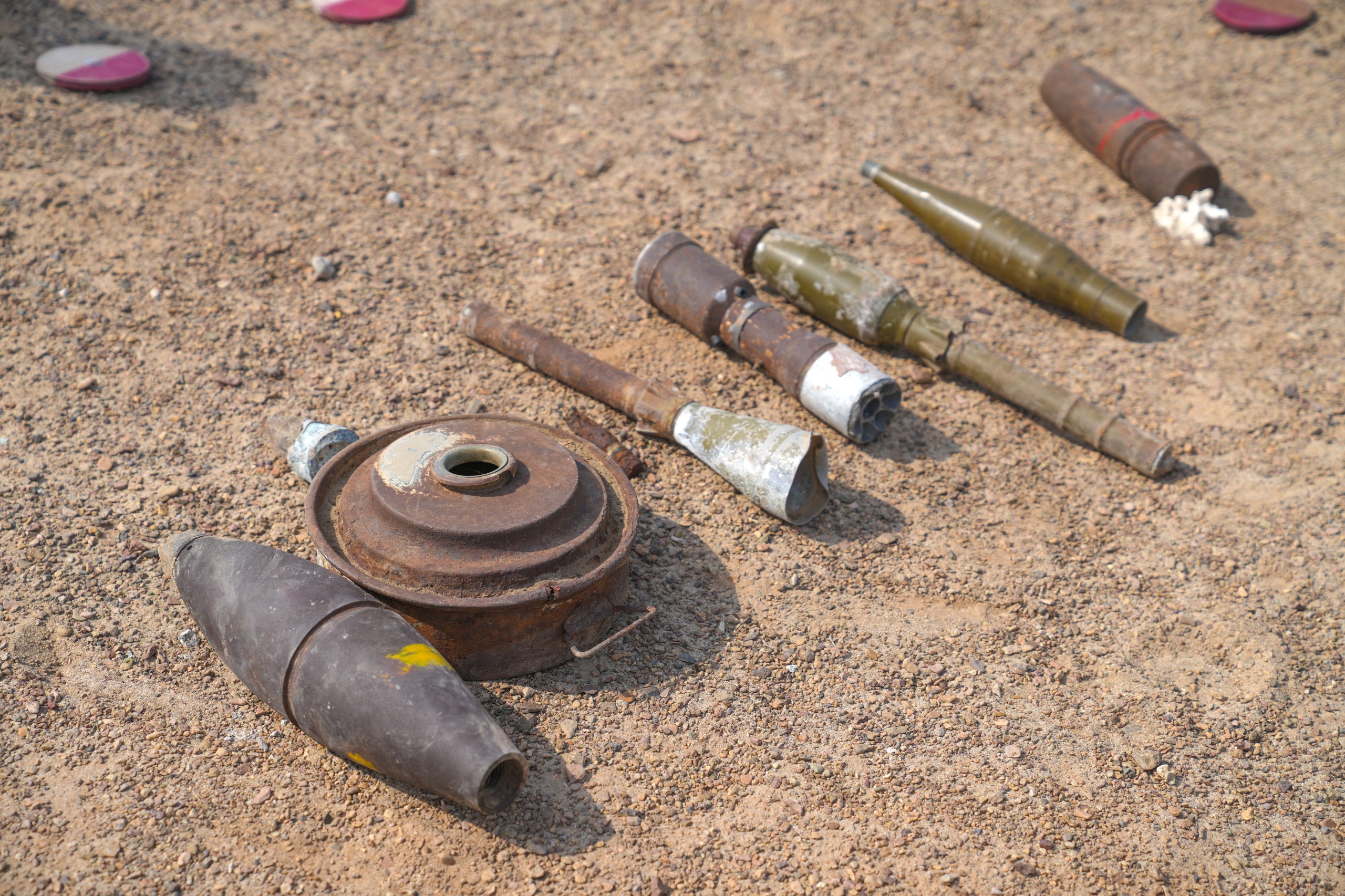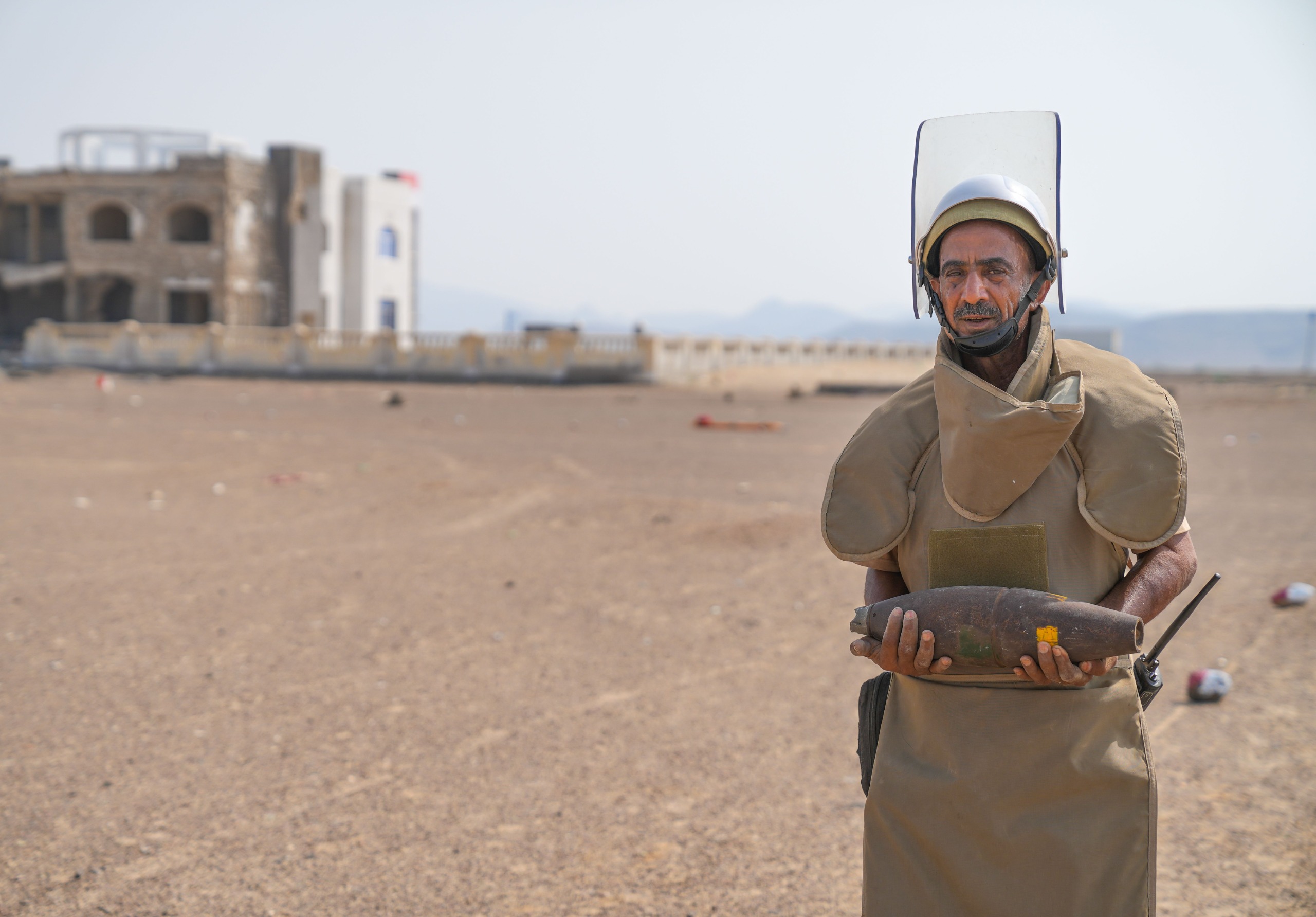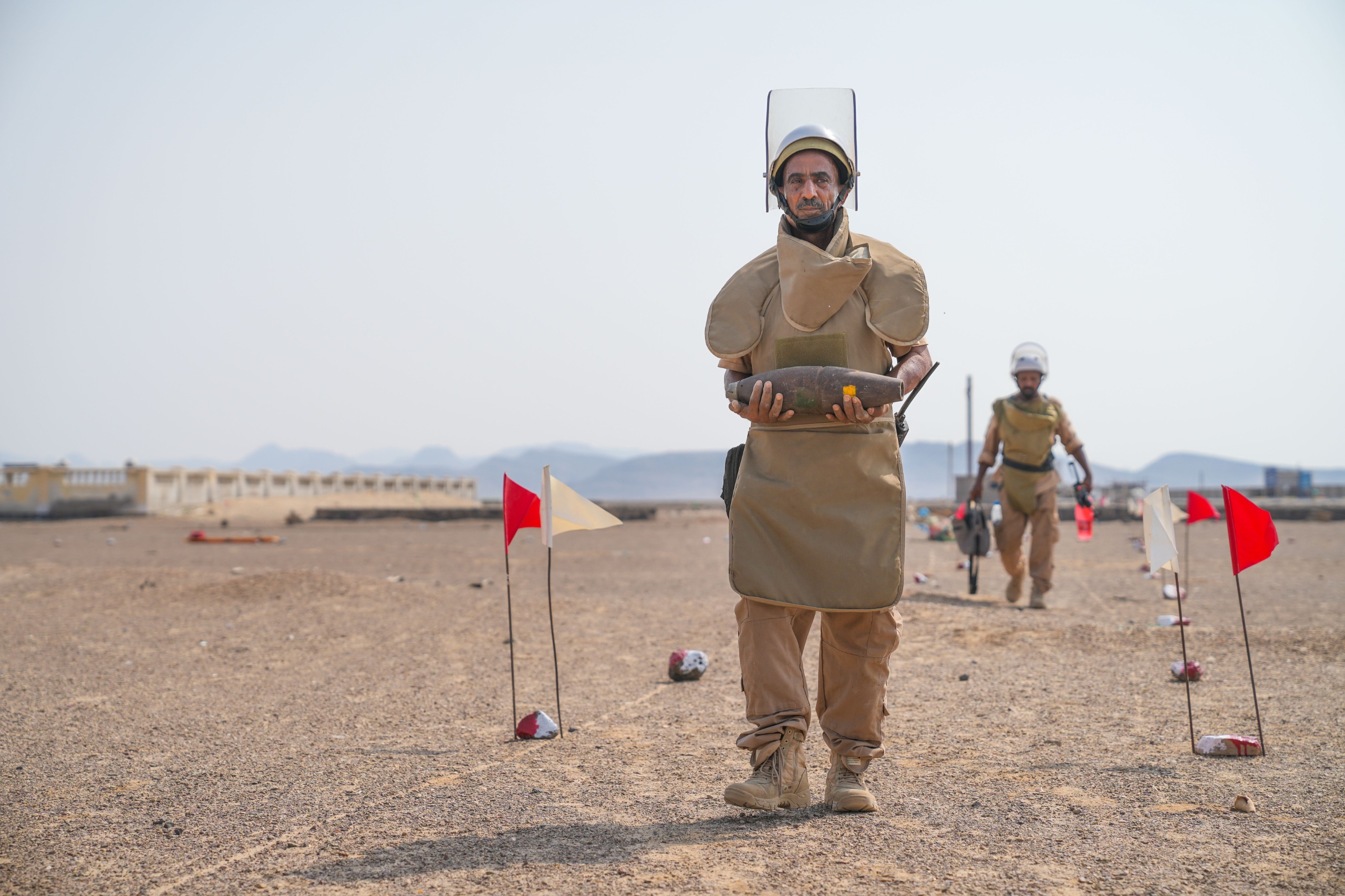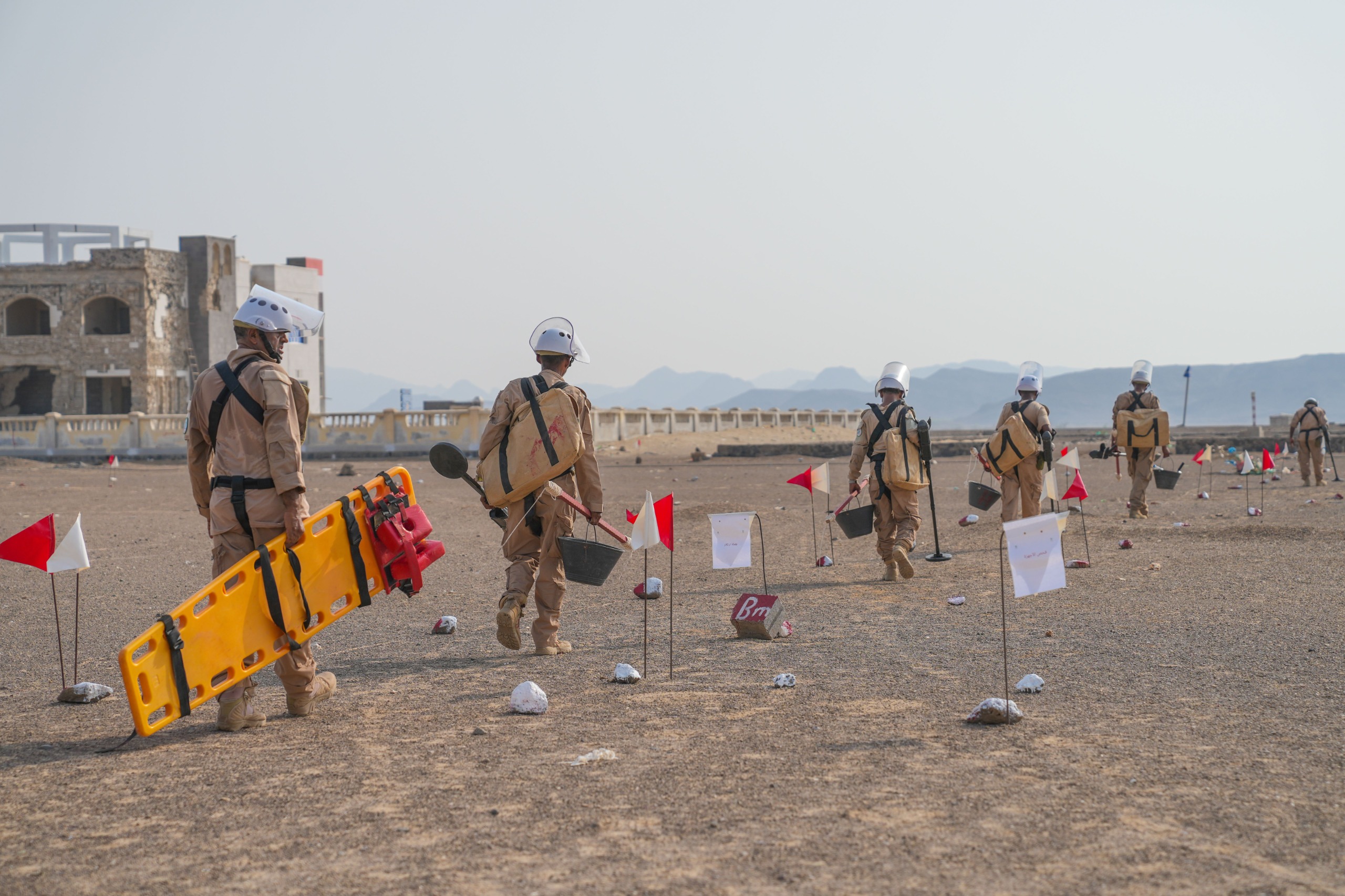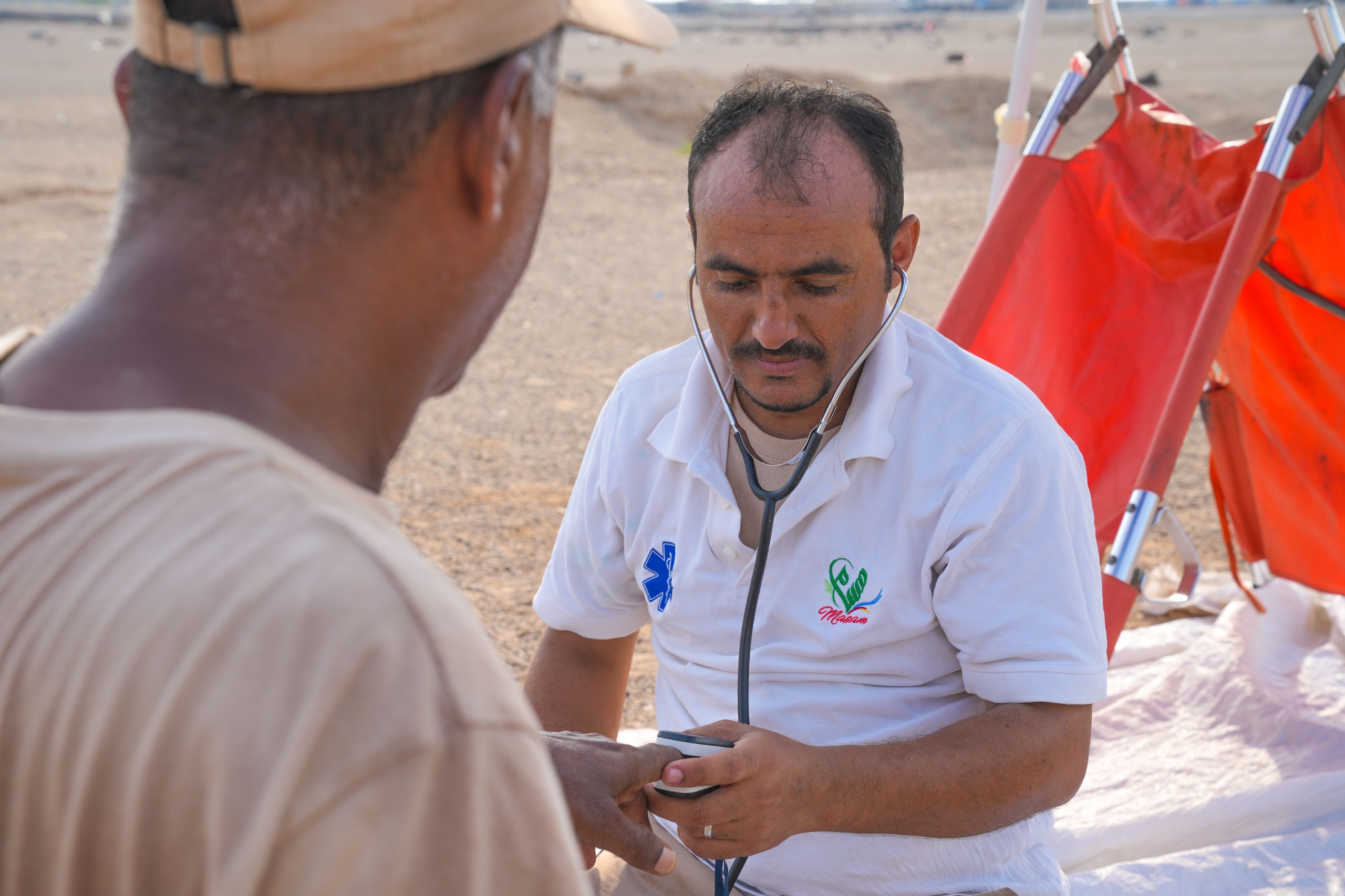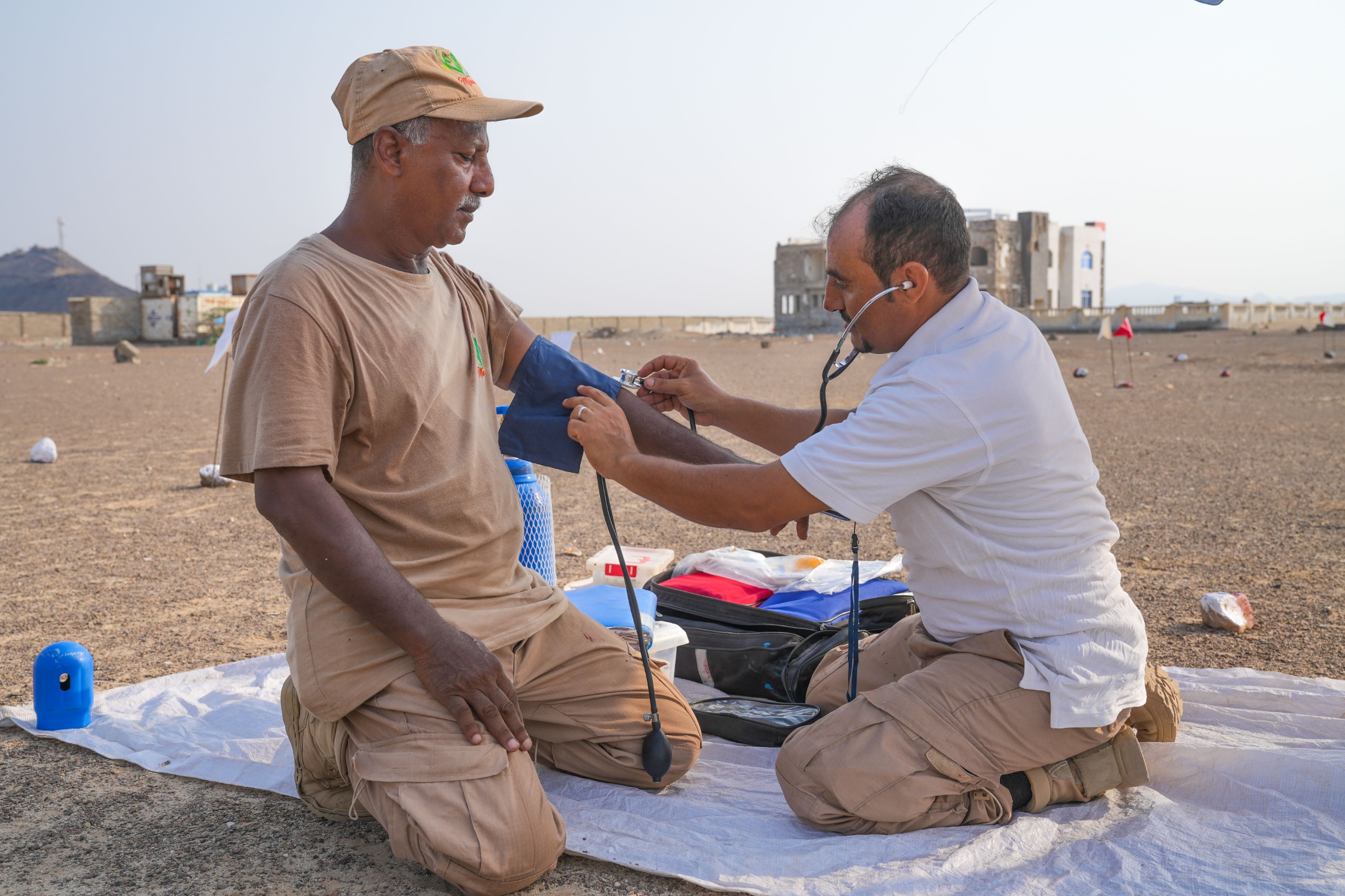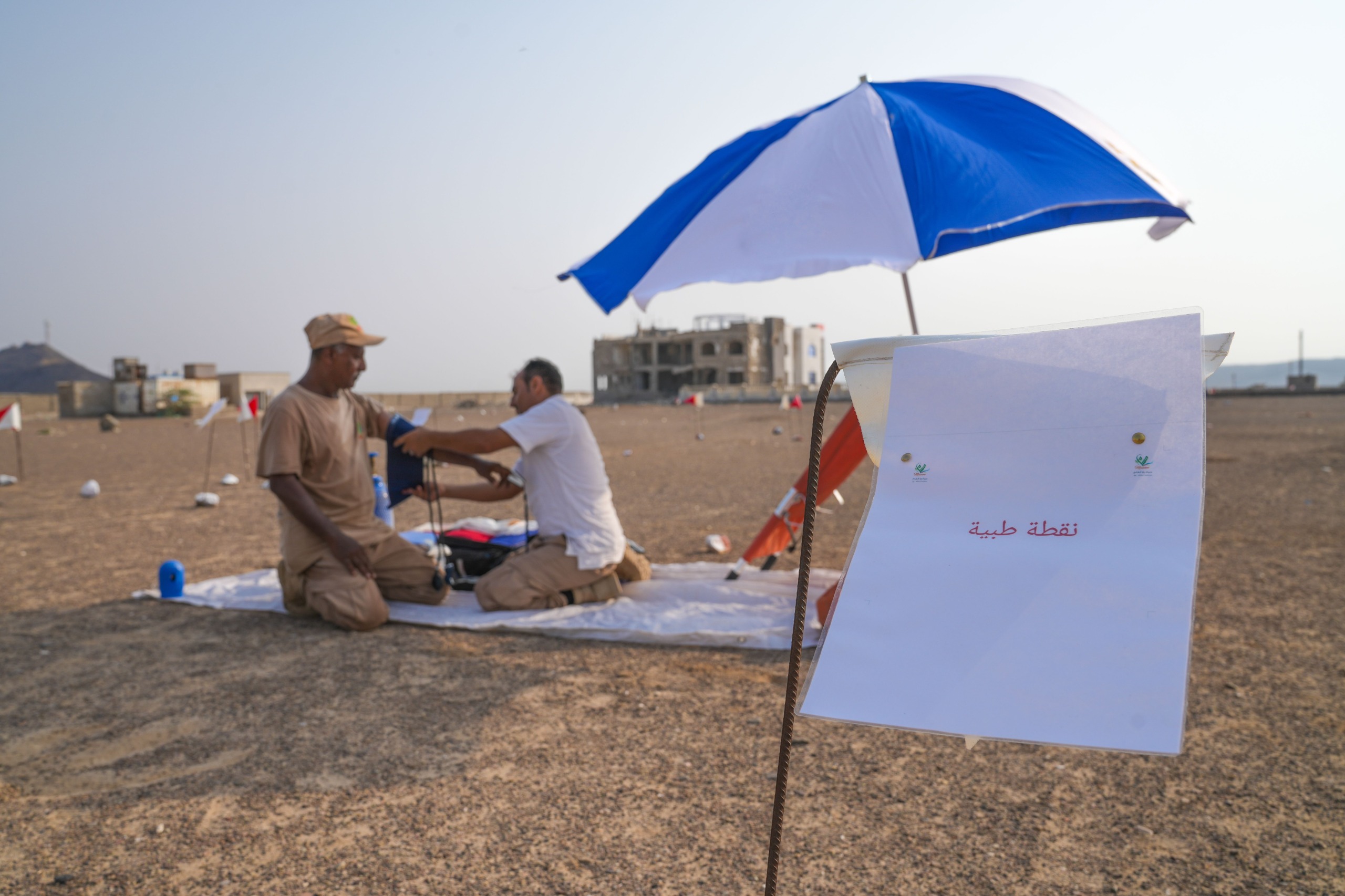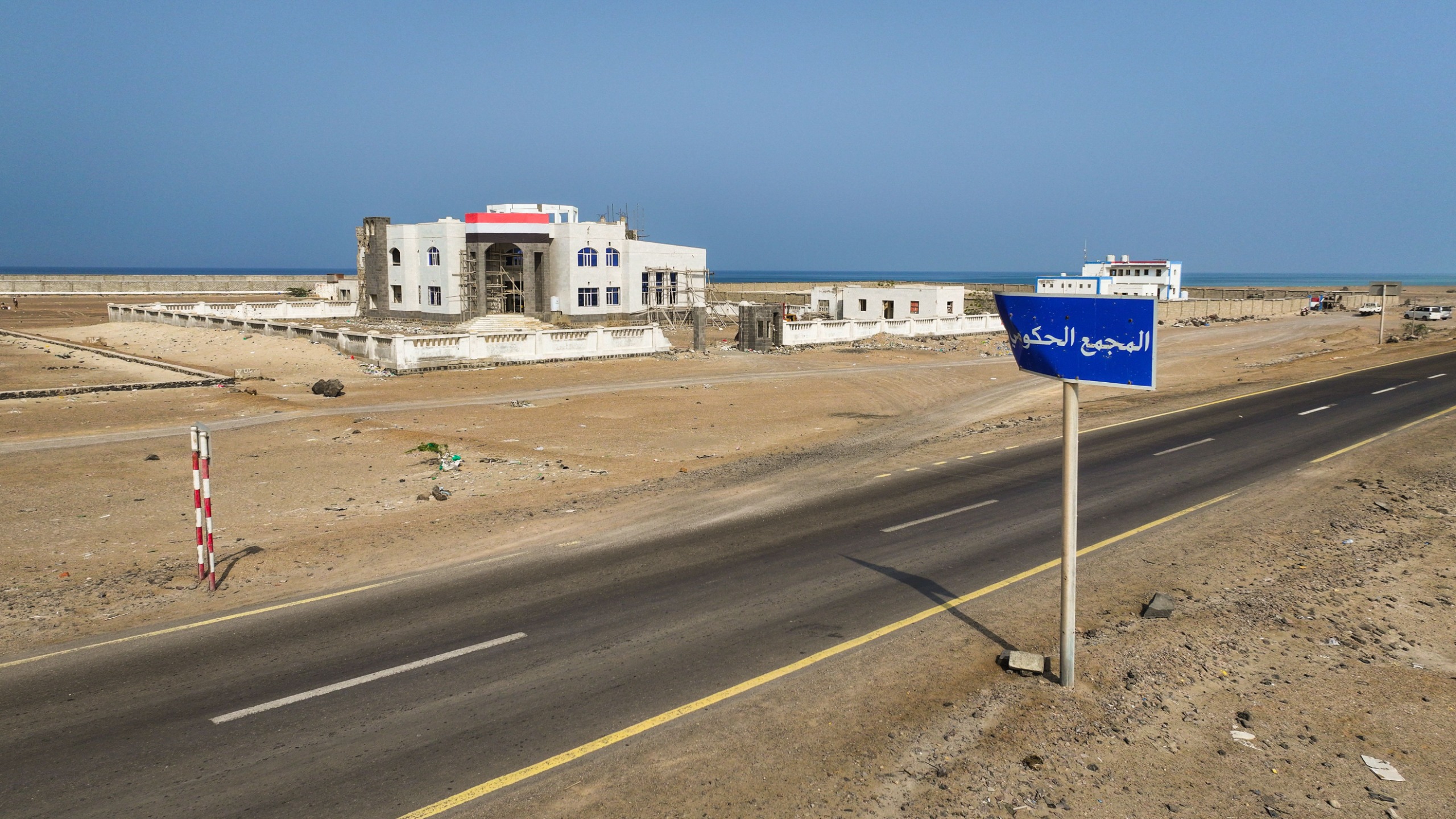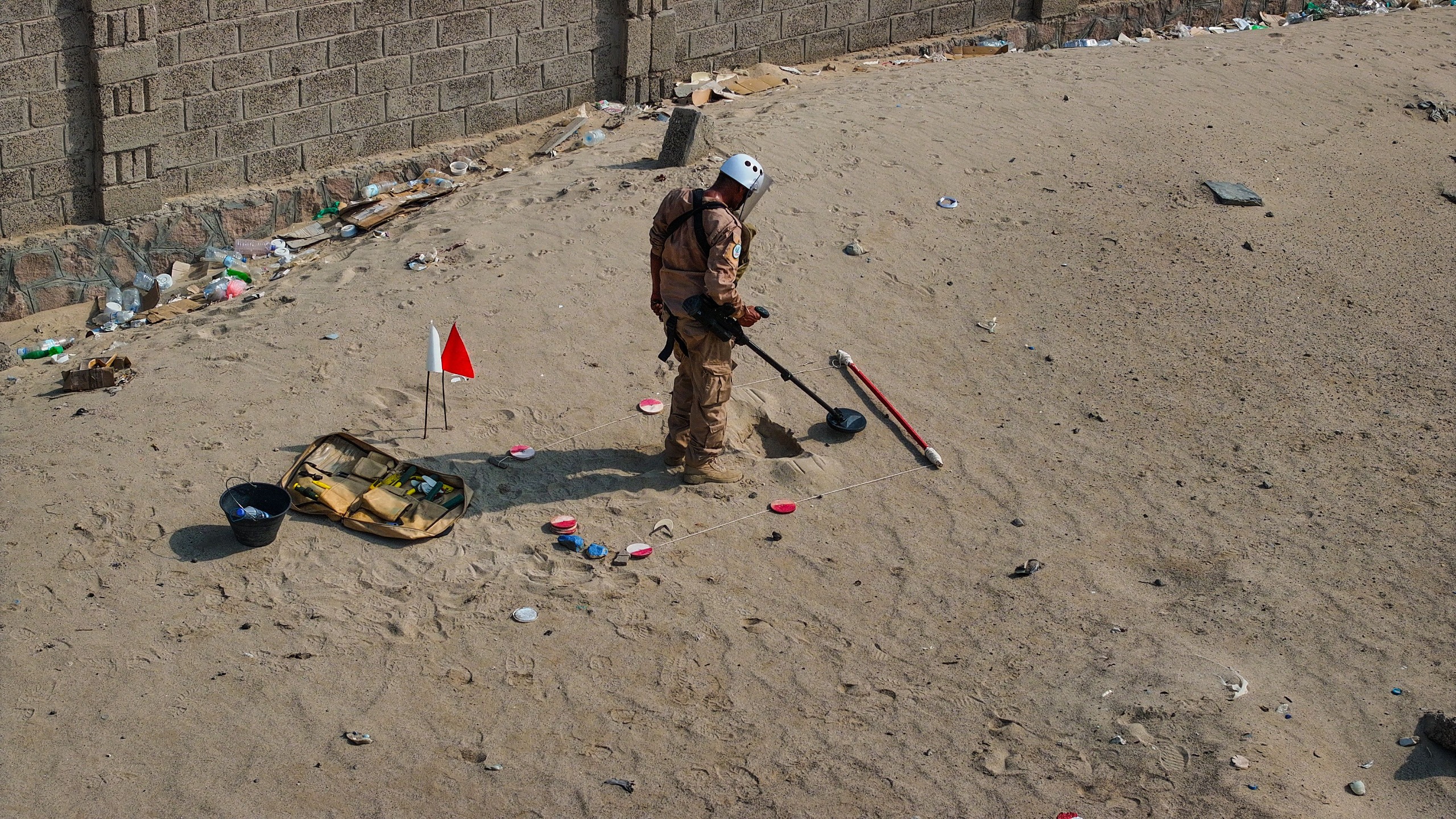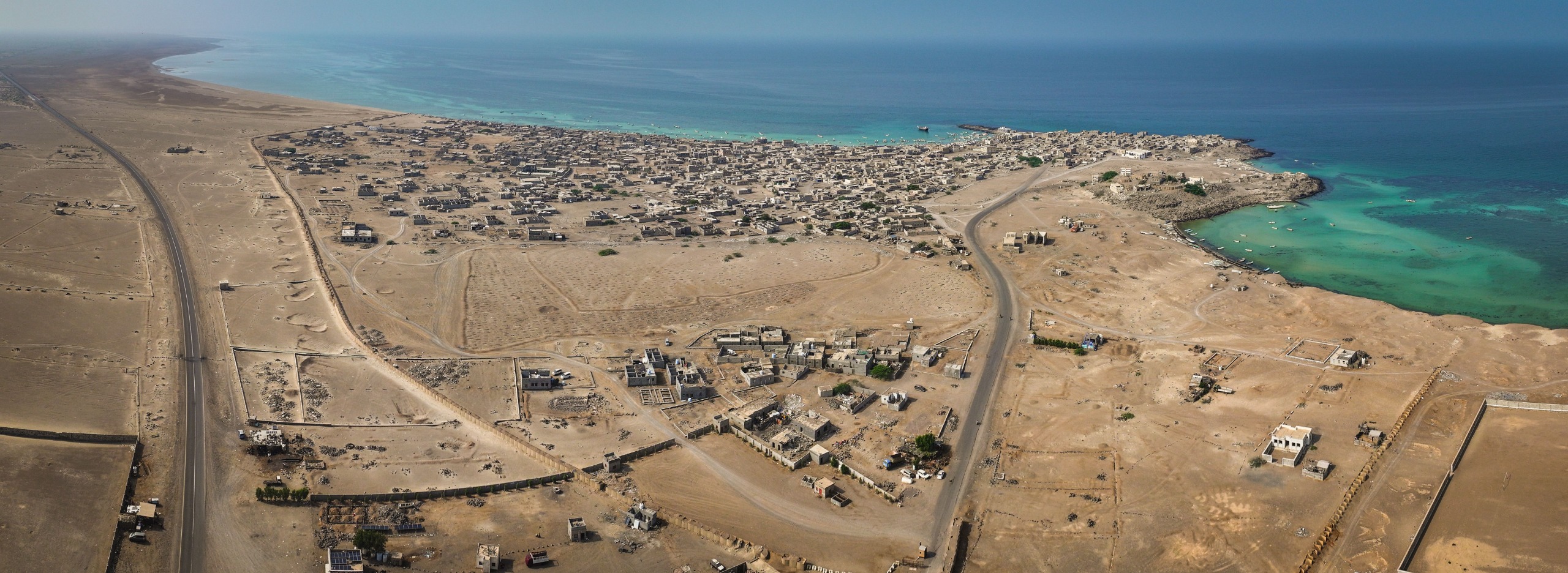Over the past several months, Project Masam demining Team 28 has successfully secured three minefields within a government complex in Dhubab, located in the Taiz Governorate of south-western Yemen, covering an estimated 40,000 square metres, approximately 70% of the targeted area.
This significant progress comes despite the persistent danger of landmines that continue to threaten civilians in Yemen’s Taiz governorate.
On the morning of Eid al-Adha, an anti-tank mine detonated inside the complex, once again highlighting the enduring risk posed by landmines, even within public facilities that are no longer in active service. The explosion, which occurred in the courtyard, prompted local authorities to urgently request Project Masam’s intervention to secure the site. The complex, which had already sustained extensive damage from previous Houthi militia attacks, serves as a vital administrative hub housing both the Security Department and local authority offices.
Team 28 immediately responded to the report from the Operations Room and began on-the-ground clearance operations to secure the complex from mines and unexploded ordnance.
Engineer Fikri Hassan, the team leader, told Project Masam’s press office that operations commenced as soon as the alert was received. He reported that the team has already recovered an anti-tank mine near the Security Department building, along with 15 unexploded shells, several live rounds, and 15 unexploded fuzes.
Fikri explained that clearance operations are still underway to fully secure the government complex and eliminate all remaining threats. He also praised the strong cooperation of the local authority in the district, which is working to rehabilitate the complex and gradually restore it to service.
Abdulqawi al-Wajih, Director General of the Dhubab–Bab al-Mandab district, stated that the indiscriminate planting of mines by the Houthi militia has made districts such as Dhubab and Bab al-Mandab among the most heavily affected areas on Yemen’s west coast.
He explained that these mines have prevented the return of displaced families, stalled development projects, and created conditions that discourage humanitarian and relief interventions. They have also obstructed agricultural and pastoral activities, undermining the livelihoods of citizens who depend on them.
Al-Wajih commended Project Masam’s efforts, noting that since its deployment to the district in mid-2019, the project has operated with high efficiency. He highlighted that the teams have succeeded in clearing vast areas and destroying thousands of mines, playing a critical role in gradually restoring normalcy to many affected communities.
The director general underscored the importance of continuing the work of the Masam field teams, particularly in areas that remain heavily contaminated, such as Al-Omari, Al-Hunaishiyah, and Al-Hariqiyah, stressing that these efforts remain a top priority for both the local authority and the community.
Al-Wajih noted that the local authority is working to rehabilitate the secured sections of the government complex in preparation for the reopening of key service facilities – particularly the Security Department and the local council – once full clearance is achieved.
The ongoing disruption of the complex continues to hinder the daily functioning of government institutions and forces officials to operate from cramped or rented buildings, even though the main complex is technically ready to resume service once all remaining threats are removed, he added.

